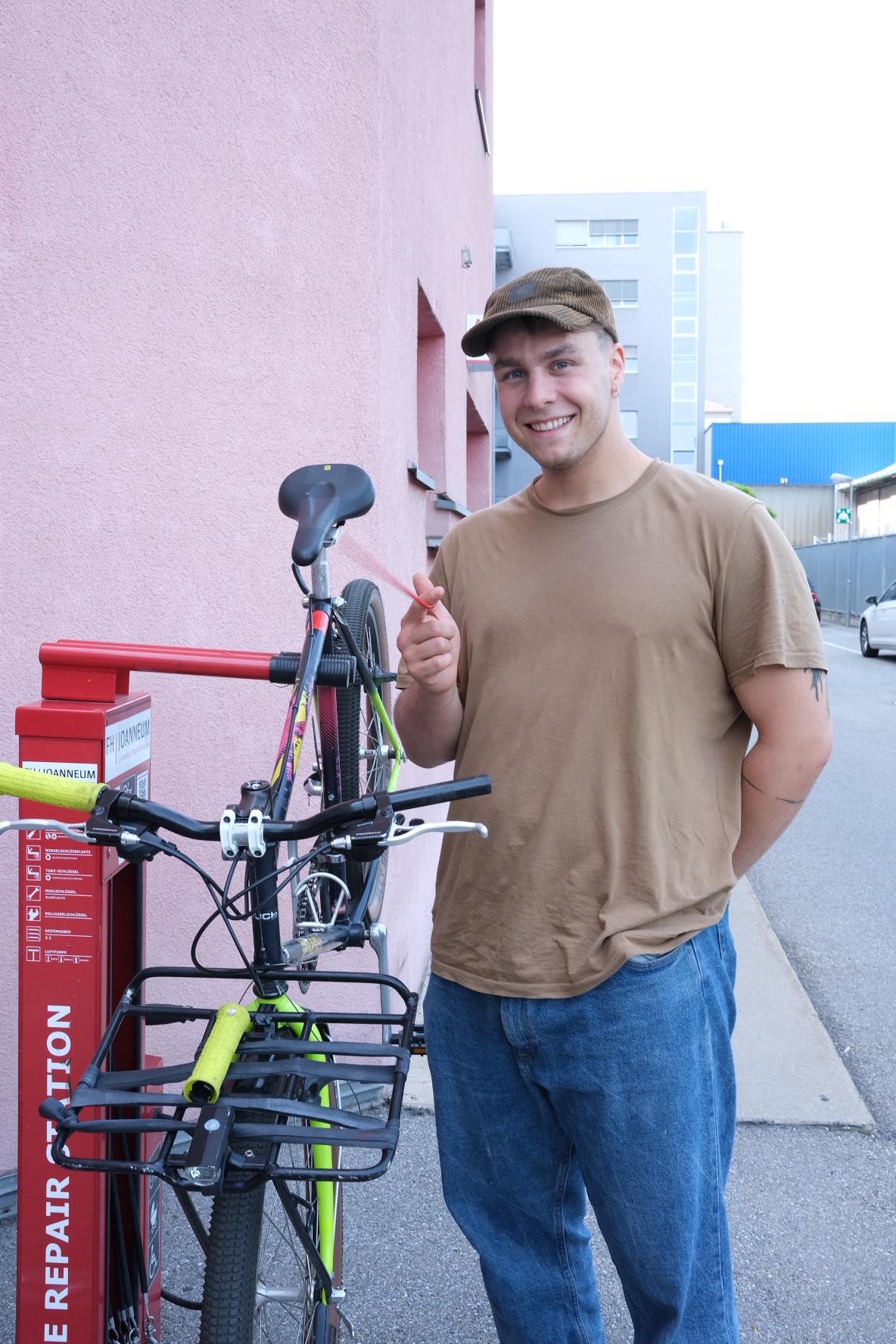Ce qu'il fait
Solaris is a modular solar system that enables renters to generate, store, and utilize solar energy without requiring permission, specialized construction tools, or technical expertise.
Votre source d'inspiration
People in smaller, rented apartments are almost always excluded from the benefits of solar energy as they can’t install rooftop panels, may lack technical knowledge, or might not have permission to drill or mount anything on the building. I wanted to create something simple and empowering, a product that makes solar energy accessible to those who are usually left out. Solaris is an opportunity for overlooked communities to benefit from the sun. And through that, to experience the value of sustainable energy. It’s a touchpoint that connects people to a greener future through personal gain, because the strongest motivator is often profit.
Comment ça marche
The core of the system is a lightweight aluminum foundation made of extrusion profiles, held in place by hollow aluminum rods. These rods hold the modules that attach on the outside, like the battery-charger, the powerbank-charger, or optional utility trays for plants. The entire assembly is fastened to the inside of the window using two hooks that screw tightly beneath the windowsill. This creates a firm hold without the need to drill into the wall. A pulley system with a ratchet mechanism allows the solar panel to be tilted for better sun exposure. The system is built to be modular: A spring-loaded battery charger accepts AA, AAA, AAAA, and 18650 lithium-ion batteries. A battery pack charging module holds and charges a 3x18650 battery pack, which the user can carry and use like a power bank. Most plastic parts are made from recycled PETG or PLA, and standard components like aluminum tubing, screws, and bearings ensure affordability and accessibility.
Processus de conception
The initial idea was to use the solar panel as a sort of sail, positioned above the window. But early foam prototypes and user interviews made it clear: people don’t want to block sunlight from entering their homes, and the structure was too complex and unstable. So I pivoted to a bottom-outside window setup. From there, I iterated through several prototypes, testing stability, weight distribution, and mounting techniques. I focused on designing for people without tools or experience, and calculated the strain on the hooks, foundation, and cables. I settled on recycled plastic parts for their sustainability, and used off-the-shelf industrial parts to ensure repairability and low production cost.
En quoi est-il différent ?
Most solar products on the market are designed for homeowners, with space, money, and authority to install whatever they want. Solaris is different because it’s built specifically for people who don’t have those privileges. It’s a tool for renters and everyday people who’ve been ignored by mainstream sustainable tech. It empowers them to create and use clean energy in a way that’s portable, reversible, and affordable. It’s not about luxury, it’s about access
Plans pour l'avenir
I want to take Solaris further—into real-world testing and refinement. My next goal is to build a fully functional 1:1 working prototype and test it in actual apartment settings. From there, I’d like to explore partnerships with housing associations, sustainability-focused brands, or manufacturers interested in low-tech solutions for high-impact problems. A more advanced version could include automated solar tracking or connect multiple modules to a larger indoor battery system, creating a plug-and-play network of window-mounted solar units.



Se connecter